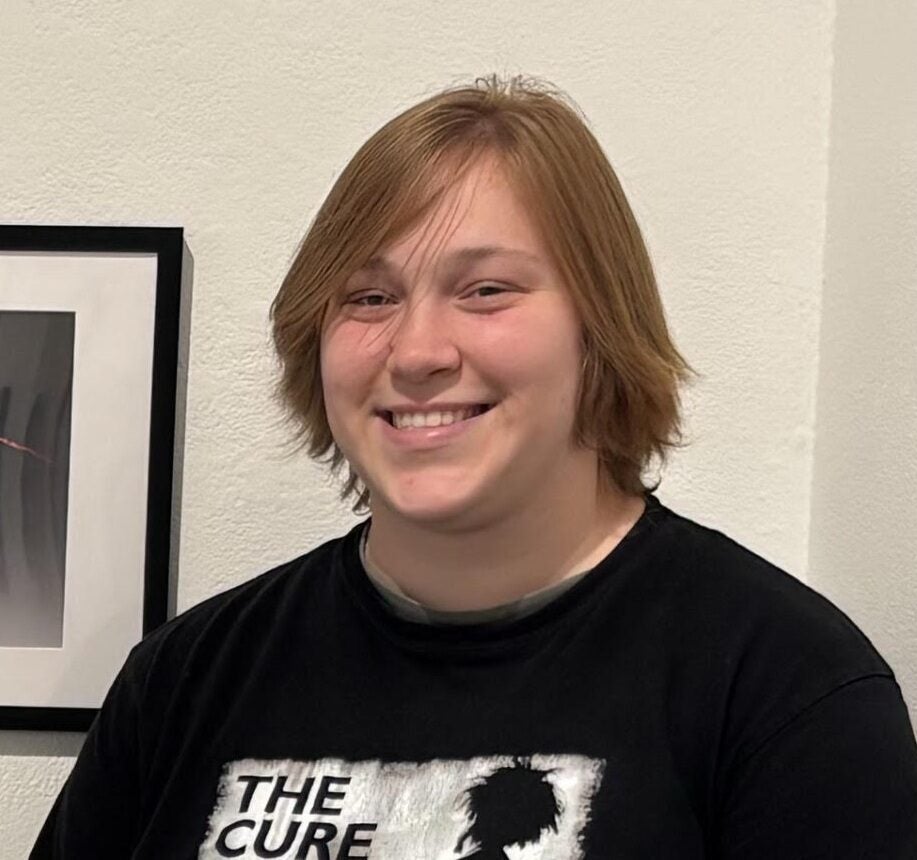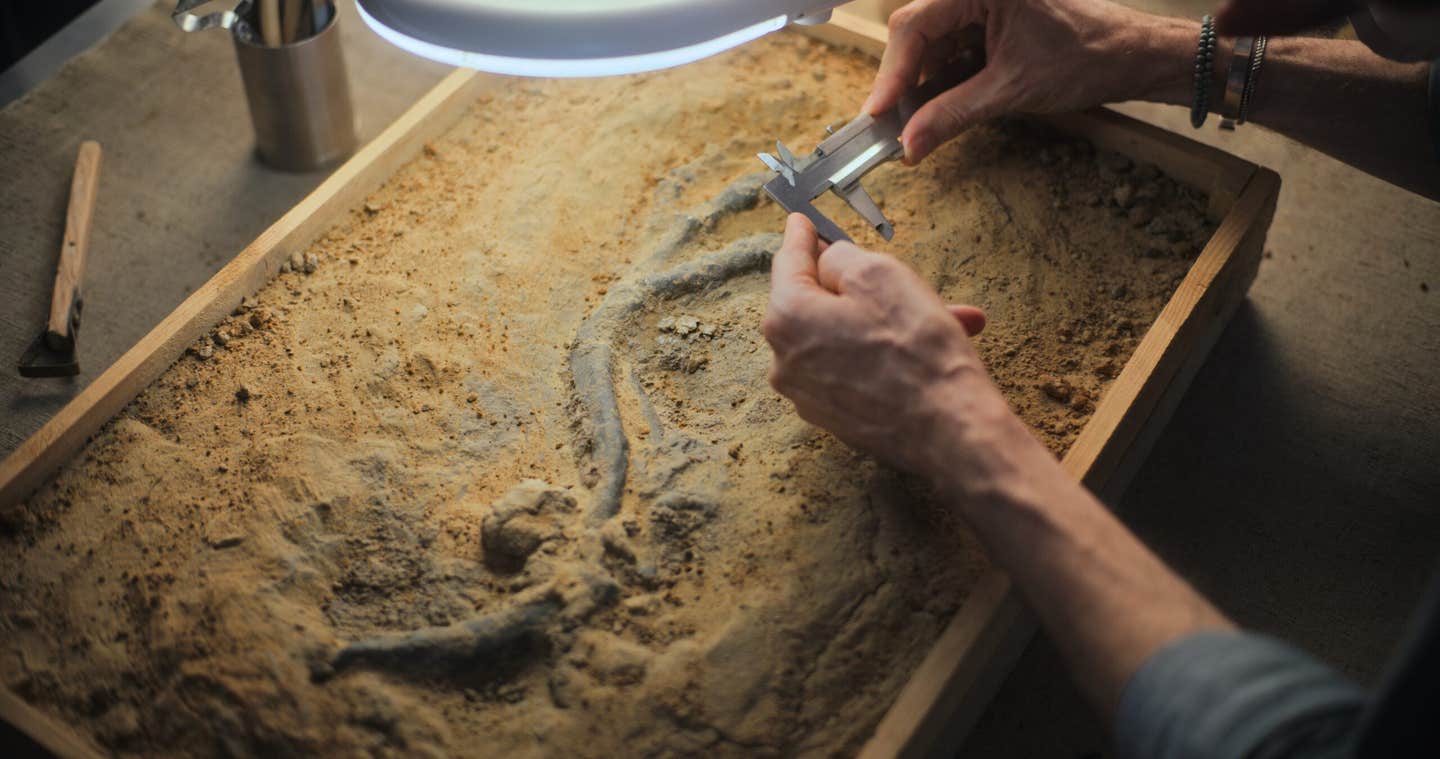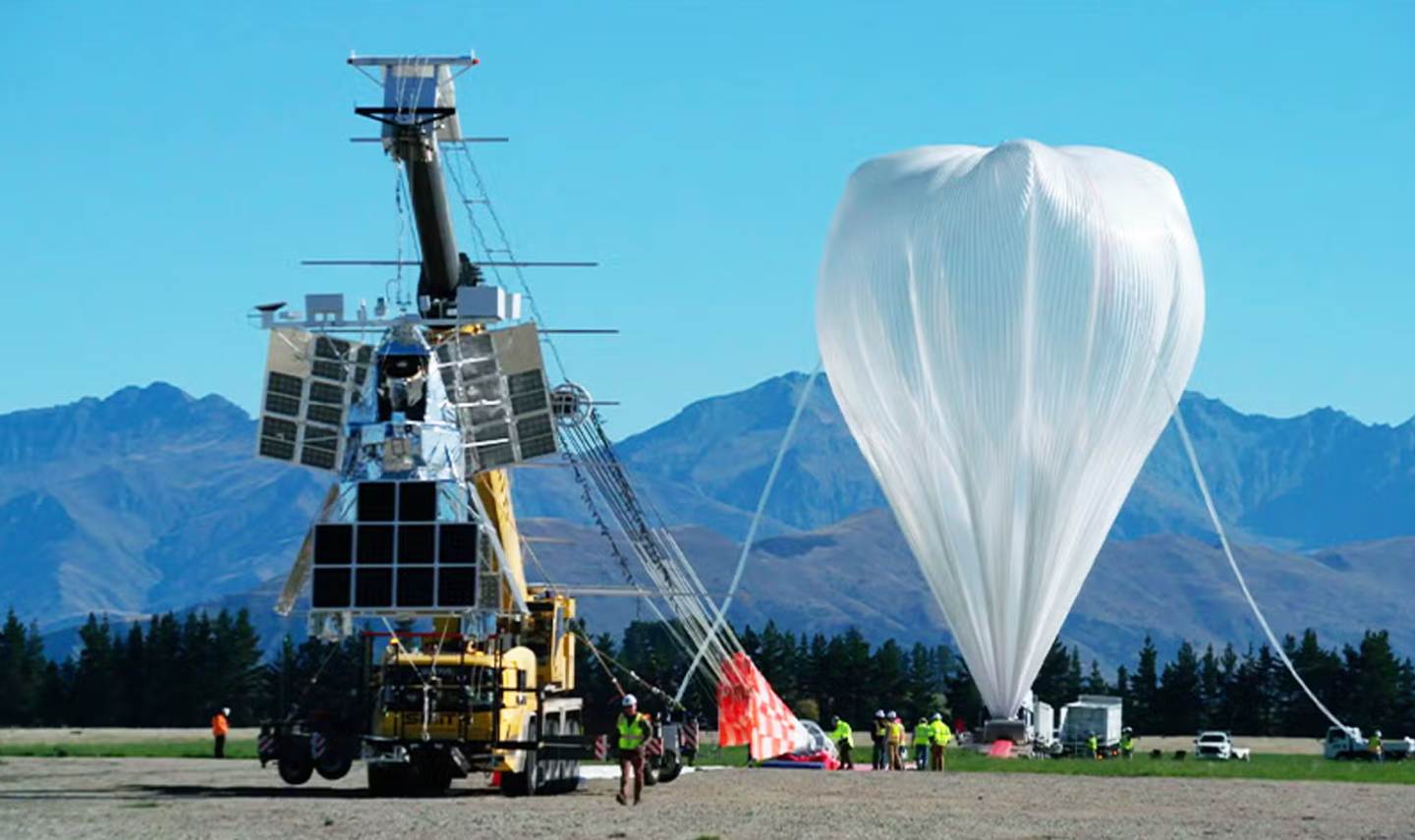Incredible bonebed discovery finds large dinosaur fossils nearly stacked on top of each other
A dense dinosaur bonebed in Romania’s Hațeg Basin reveals an ancient island ecosystem that stayed stable for millions of years.

 Edited By: Joseph Shavit
Edited By: Joseph Shavit

In Romania’s Hațeg Basin, a tiny site packed with more than 800 fossils reveals the oldest and richest snapshot of a Late Cretaceous island world. (CREDIT: Shutterstock)
The hills of Transylvania hold a story that feels almost impossible to fit into the palm of your hand. In a muddy streambed of the Hațeg Basin in western Romania, paleontologists have uncovered a bonebed so crowded that large dinosaur fossils lie almost on top of each other. In a space not much bigger than a dining table, more than 800 vertebrate remains capture an entire Late Cretaceous community, frozen in its final moments.
Unearthing a Crowded Graveyard
The Hațeg region is famous for dinosaur discoveries, yet actual bones usually turn up sparingly, one here, one there. That changed when the Valiora Dinosaur Research Group, a team of Hungarian and Romanian scientists, began exploring a site near the village of Vălioara about five years ago.
“In 2019, during our first field survey in the Hațeg Basin, we almost immediately came across the K2 site. It was a defining moment for us,” said Gábor Botfalvai, assistant professor at Eötvös Loránd University and leader of the group. He recalls seeing dozens of glossy black dinosaur bones emerging from gray clay in the streambed. The team returned season after season and slowly lifted an extraordinarily rich set of fossils from less than five square meters.
In total, excavations at K2 have yielded more than 800 vertebrate fossils, along with shells, plant fragments and other traces of life. More than 100 vertebrate remains per square meter make it one of the densest dinosaur-age bonebeds known from the basin.
Floods, Lakes and Sudden Burial
To understand how so many animals ended up in one place, the scientists turned to the rocks themselves. Around 72 million years ago, this part of Romania sat on a subtropical landmass often called “Hațeg Island.” Short-lived rivers flowed off nearby highlands into low areas, carrying sediment and, at times, bodies.
“Detailed study of the rocks at the K2 site indicates that a small lake once existed here, which was periodically fed by flash floods carrying animal carcasses. As the flow of the rivers slowed rapidly upon entering the lake, the transported bodies accumulated in the deltaic environment along the shore, producing this exceptionally high bone concentration,” said Soma Budai, a researcher at the University of Pavia and co-author of the study, which appears in PLOS ONE.
Sediment layers at K2 tell a story of quiet water interrupted by sudden sandy pulses. Bones show very little weathering or abrasion, which means they were buried fairly quickly, not left to bleach in the sun or tumble for long in fast rivers. For you, that detail matters because it means the bonebed preserves animals that lived not far from where they were found, giving a faithful picture of the local ecosystem.
Plants, Pollen and a Wetland World
Fossils at K2 do not stop with bones. Samples of mudstone also hold pollen and spores from at least 62 types of plants. Fern spores dominate, along with grains from conifers and flowering plants. Some pollen belongs to a group usually found farther south, hinting at complex plant communities in warm, humid lowlands.
These tiny fossils point to a lush landscape of wetlands, lakeshores and nearby forested slopes. Freshwater and land snails, along with small bivalves, support that view. Many of the mollusks favor still or slow water and nutrient-rich ponds. When you picture this ancient place, you might see shallow pools, dense vegetation and animals moving in and out of the shallows, rather than a barren floodplain.
Chemical tests on organic material from the site suggest peat-like deposits and low-oxygen conditions in the mud. That kind of environment helps preserve bones and plant remains over millions of years.
Dinosaurs Big and Small Sharing the Shore
The heart of the discovery is the vertebrate community itself. At least 17 species appear in the assemblage. There are rare fish scales, bits of amphibians, several kinds of turtles, lizards, four distinct crocodile-type animals, flying reptiles and a tiny mammal tooth.
The dinosaurs, however, grab most of the attention. K2 preserves both isolated bones and several partial skeletons. Some belong to a roughly two-meter-long plant-eater from the Rhabdodontidae family, a common two-legged herbivore in Hațeg. These animals likely browsed low plants along the water’s edge.
The real surprise is a set of bones from a long-necked titanosaur sauropod. Until now, no such well-preserved skeleton of this group had been found in Transylvania. The new remains will help clarify which type of titanosaur lived here and how it fit into the island’s strange dinosaur community, known for “dwarf” species adapted to limited space and resources.
The Oldest Window on Hațeg Island Life
Beyond the sheer number of bones, K2 stands out for its age. Palynology, the study of spores and pollen, and the rock layers themselves place the site at the very beginning of the Maastrichtian stage, right at the transition from the Campanian. That timing makes it the oldest known vertebrate bonebed in the Hațeg region.
“Besides the remarkably high bone concentration, another key significance of this newly described site is that it represents the oldest known vertebrate accumulation in the Hațeg Basin,” said Zoltán Csiki-Sava, associate professor at the University of Bucharest and Romanian leader of the team.
When scientists compare K2 with younger sites in the basin, a pattern emerges. Many of the dominant groups at K2, such as the turtle Kallokibotion, rhabdodontid plant-eaters, titanosaurs, hadrosauroids and several crocodile forms, remain important in later deposits. That kind of stability suggests that by the earliest Maastrichtian, the Hațeg landmass already supported a mature, long-lasting ecosystem.
For you, that paints a more peaceful picture than constant upheaval. Rather than a series of rapid turnovers, the island community appears to have settled into a successful structure that persisted for millions of years before the global dinosaur extinction.
Practical Implications of the Research
On the surface, a crowded dinosaur graveyard in Romania might feel very distant from modern life. Yet discoveries at K2 help scientists probe big questions that matter today. By showing that the Hațeg island ecosystem was already stable early in the Maastrichtian, the site offers a natural experiment in how communities form and then hold together under changing climate and geography. That knowledge helps researchers understand how present-day ecosystems might respond to long-term stress or isolation.
The dense, well-dated assemblage also gives paleontologists a clear starting point for tracking evolutionary paths. They can follow how particular dinosaur groups, turtles or crocodile relatives changed over time, and test ideas about “island dwarfism,” adaptation and resilience. In classrooms, the K2 story can help you see how geology, biology and climate science fit together to reveal Earth’s past.
Finally, the site shows the power of combining many tools, from sedimentology to pollen analysis to careful mapping of bone damage. That integrated approach is the same style of thinking used to study modern biodiversity loss, climate shifts and habitat change. Lessons from K2 remind us that detailed, patient work in one small patch of ground can reshape our view of an entire world.
Research findings are available online in the journal PLOS One.
Related Stories
- Scientists discover first-ever hooved dinosaur in Wyoming’s ‘Mummy Zone’
- Dinosaurs thrived until the end: New Mexico fossils rewrite extinction story
- Mongolian fossil fills 15-million-year gap in dinosaur behavior and evolution
Like these kind of feel good stories? Get The Brighter Side of News' newsletter.
Mac Oliveau
Science & Technology Writer
Mac Oliveau is a Los Angeles–based science and technology journalist for The Brighter Side of News, an online publication focused on uplifting, transformative stories from around the globe. Passionate about spotlighting groundbreaking discoveries and innovations, Mac covers a broad spectrum of topics—from medical breakthroughs and artificial intelligence to green tech and archeology. With a talent for making complex science clear and compelling, they connect readers to the advancements shaping a brighter, more hopeful future.



